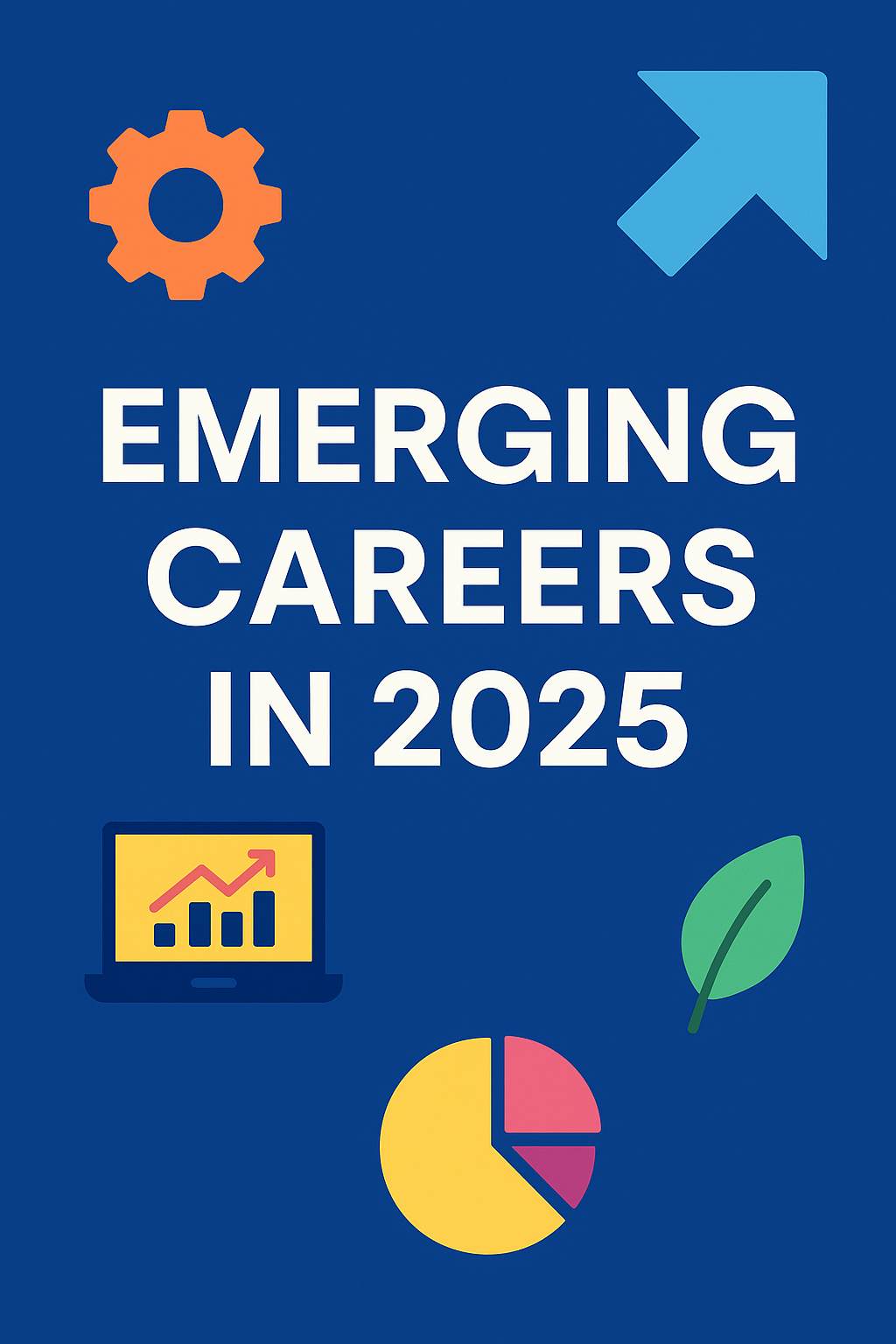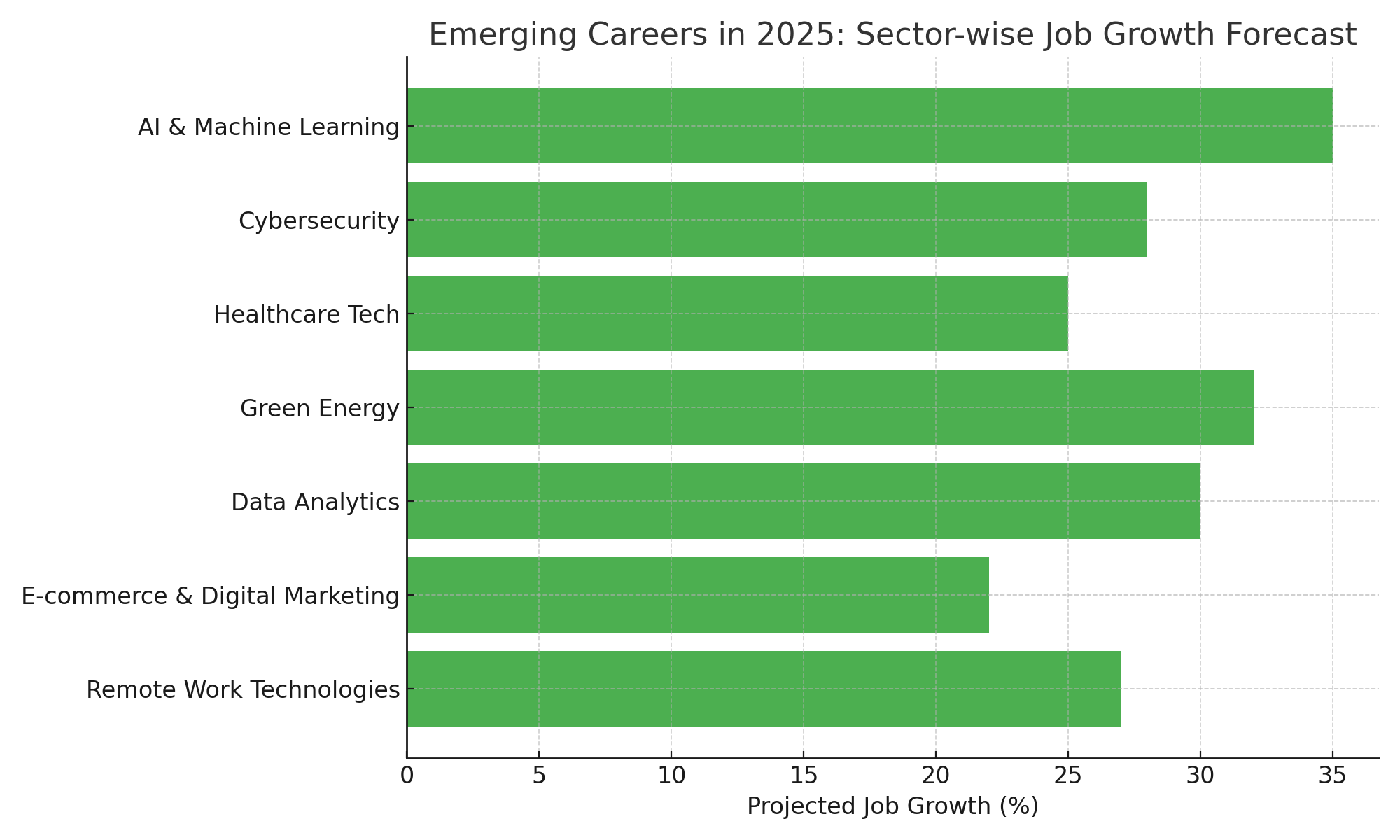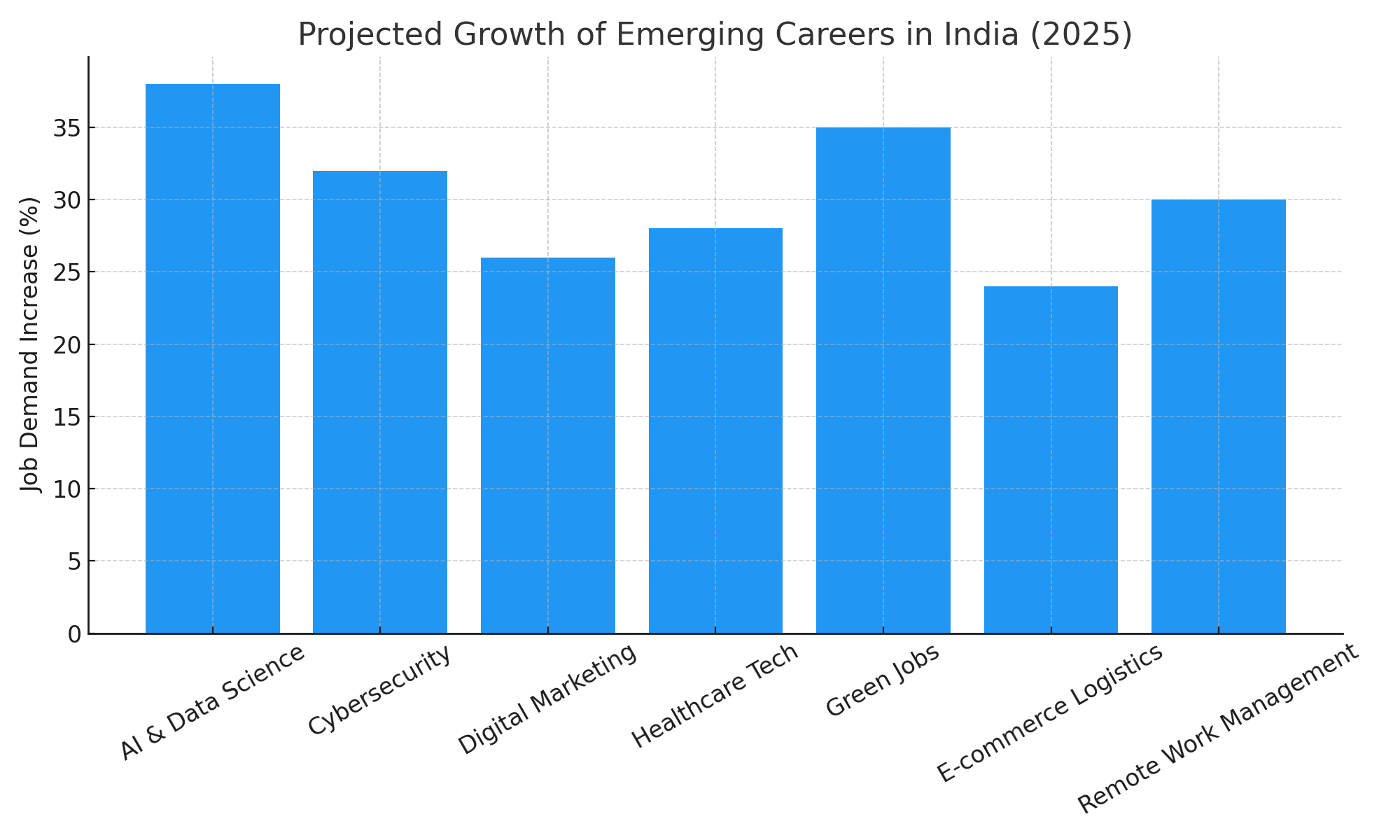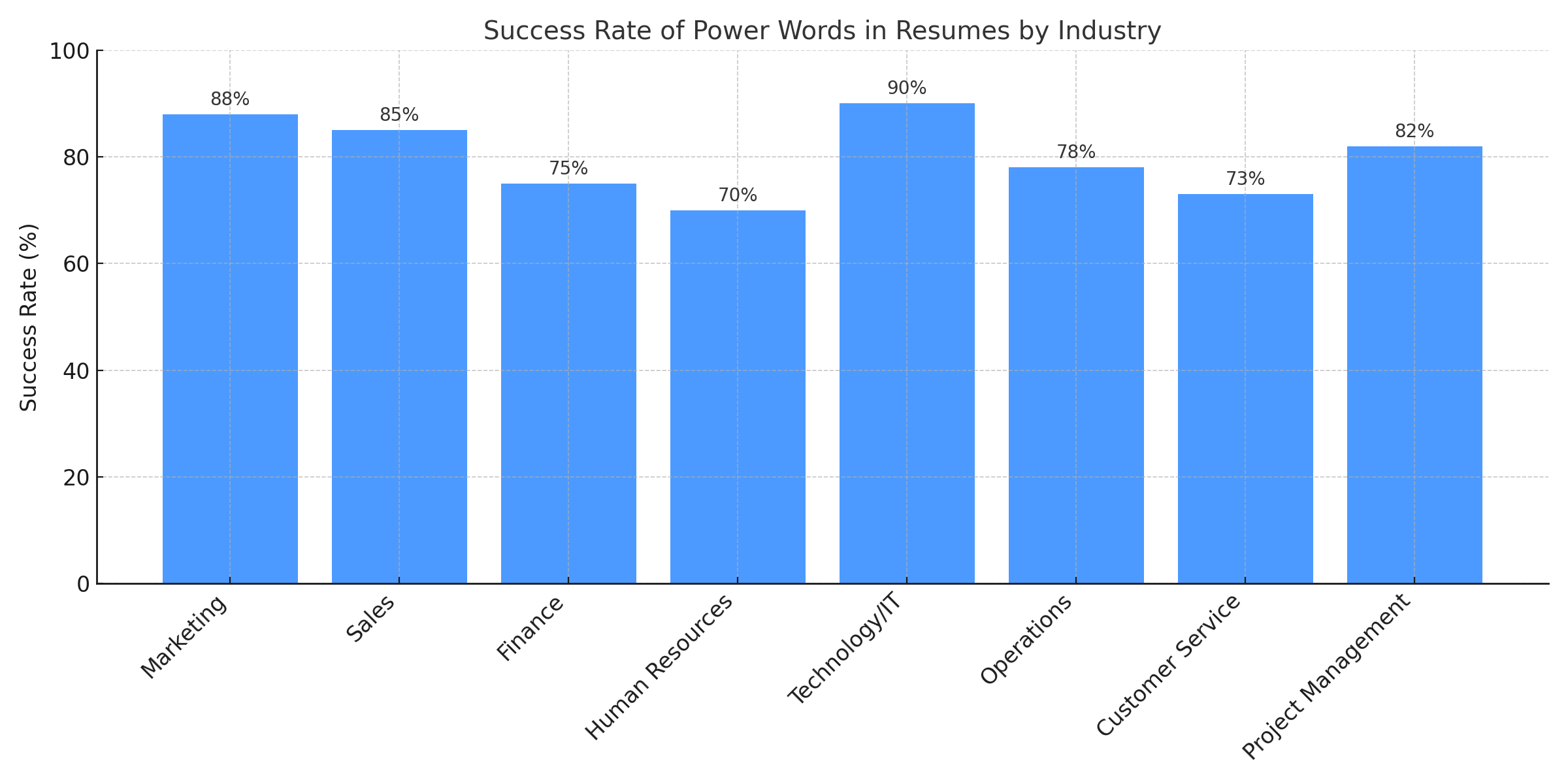In today’s competitive job market, especially for freshers and MBA aspirants, success isn’t just defined by degrees or certifications—it’s shaped by connections. Networking has evolved into a strategic advantage, enabling access to hidden opportunities, mentorships, and faster career growth.
Whether it’s your first message on LinkedIn, a conversation during an MBA summit, or a cold email to an industry leader, this blog covers the why, how, and what of effective networking in 2025—with AI-powered tools, apps, and real scripts

Why Networking Matters More Than Ever
For MBA Students:
- Gain insights into job roles, company culture, and expectations
- Discover hidden roles not posted online
- Build long-term relationships with mentors, alumni, and industry experts
For Freshers:
- Become visible to hiring managers early\
- Understand soft skills and communication needs
- Unlock internship and entry-level opportunities through referrals
Online vs Offline Networking: What Works in 2025
Top Online Platforms
LinkedIn : Still the gold standard. Use features like;
- Alumni tools to find people in your domain
- Creator Mode to share opinions and projects
- AI-assisted messaging” for easy follow-ups
Use https://www.salahkart.com/job-search for searching LinkedIn jobs, Recruiters, Hiring posts and also job skills.
Internshala & Naukri Campus
These platforms offer student-focused job postings and networking features like mentorship and peer forums. Join interest groups and participate in discussions.
Offline Networking Spaces
Career Fairs & MBA Summits : Face-to-face introductions go a long way. Be prepared with a 30-second pitch.
Workshops : These create natural bonding opportunities. Ask questions, stay curious.
Alumni Meetups : Stay in touch with college seniors. They are your warmest leads into real job referrals.
AI-Powered Networking: The 2025 Edge
AI Resume Builders & Personal Branding Tools :
Platforms like salahkart.com use AI to:
- Optimize your resume for networking purposes
- Suggest customized LinkedIn Hiring posts.
- Recommend ideal recruiters based on your goals
ChatGPT :
- Draft personalized messages
- Polish your introduction lines
- Roleplay mock networking interviews
Data Backed Benefits of Networking :
Survey of Indian B-Schools(2024)
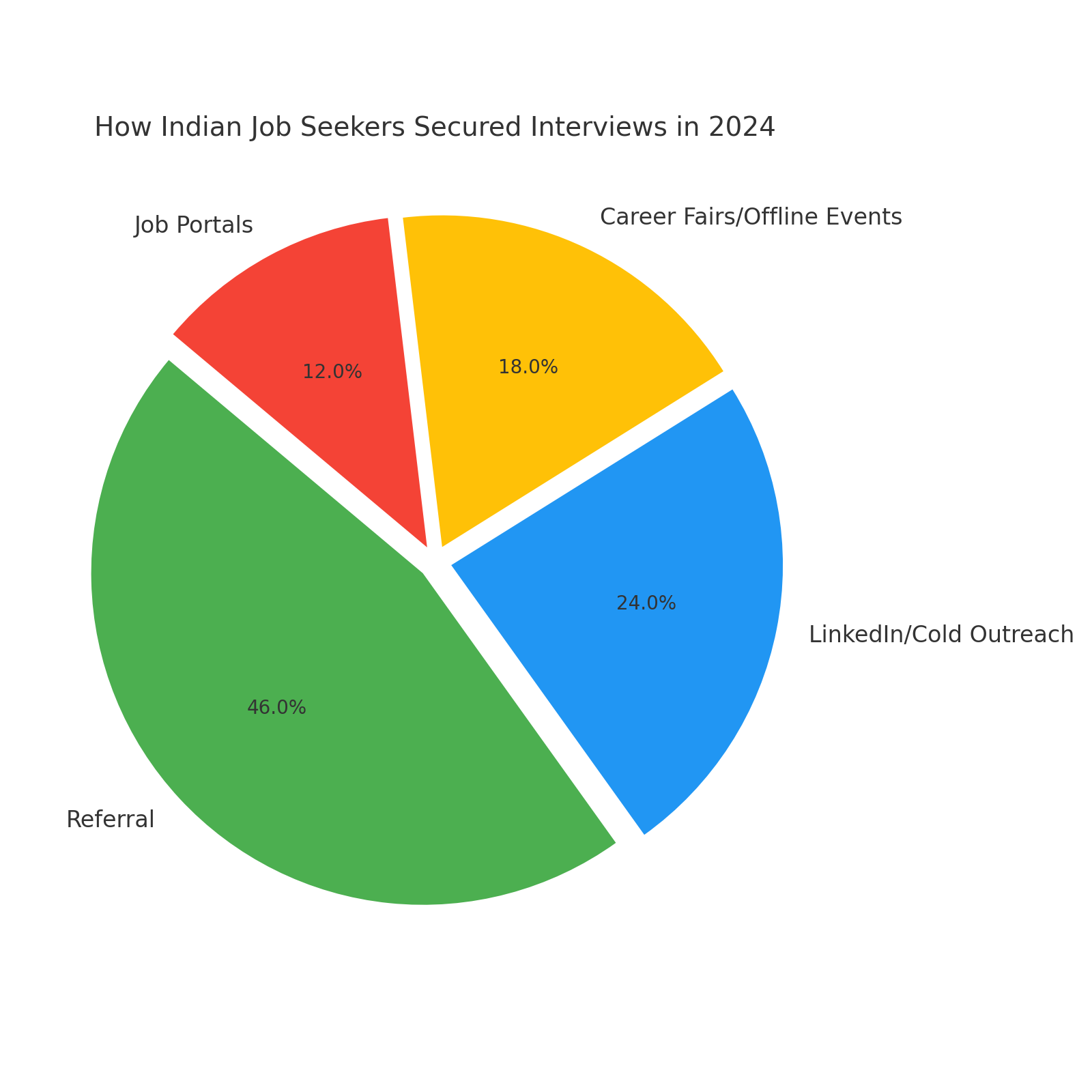
Sample Networking Scripts (Personalize Accordingly)
Cold LinkedIn Message
Hi [Name], I’m currently pursuing [degree] at [institute]. Your journey into [industry] really stood out to me. Would you be open for a 10–15 min virtual chat next week? I’d love to learn from your experience.
Post-Event Follow-up
Hi [Name], it was great meeting you during [event name]. I really appreciated your insights on [topic]. Would love to stay in touch and learn more about roles at [company name].
Informational Interview Request
Hello [Name], I came across your profile on [platform] and admire your move from [domain A] to [domain B]. Would you mind a short conversation to share what helped you in that transition?
Thank You Email
Hi [Name], thank you for your time earlier. Your suggestion to explore [specific tool/field] has really helped shape my moves. Looking forward to staying in touch.

Networking isn’t just about who you meet—it’s about what you make out of those connections. Whether it’s a LinkedIn message, a campus event conversation, or reaching out post-event, small steps lead to great opportunities.
If you’re wondering how to present yourself better while connecting, your resume and online presence matter just as much. We’ve written about how to avoid common resume mistakes and even how to tailor your resume to match job descriptions—because what you say and how you show up go hand in hand.
And if you want tools that support your journey—from resume creation to identifying the right people to reach out to—Salahkart is built for you.
Go ahead, start that conversation. You never know where it could lead.
